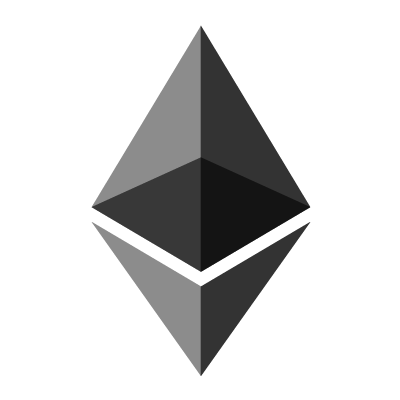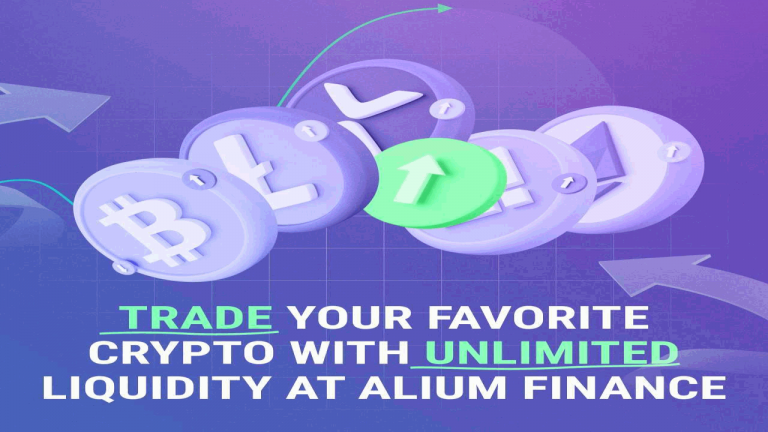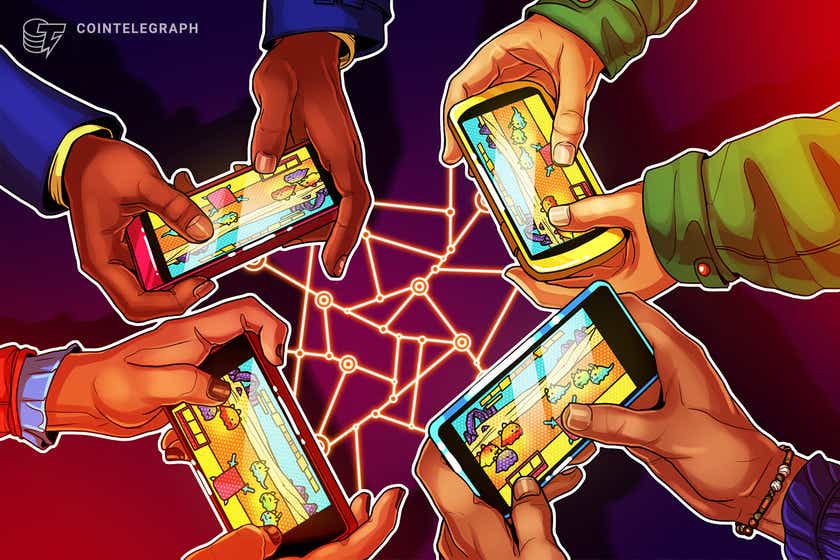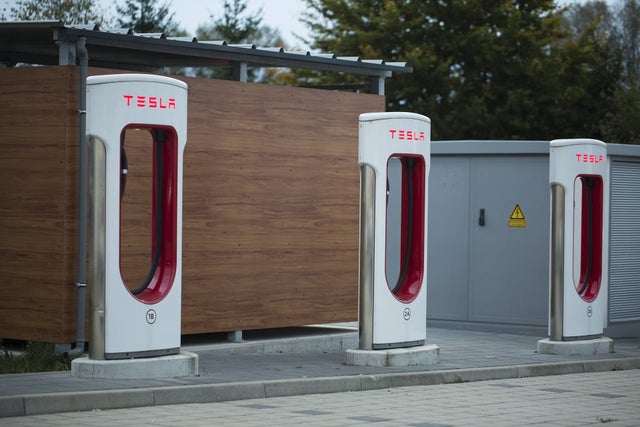What’s Intel CEO Pat Gelsinger Saying While Promoting The Bitcoin Mining Chip?
What is Intel ’s Pat Gelsinger doing? Who is he talking to while promoting Intel’s new bitcoin mining chips? In a recent Bloomberg interview, Gelsinger uses every ESG buzzword in the book to promote their “energy-efficient ASIC chip.” Is this the right strategy? Who will be Intel’s clients? And why is this man lying about bitcoin’s energy consumption when the real numbers would do just fine? The host, Emily Chang, starts by asking him about 2019, when the Intel CEO said that Bitcoin was badly designed, “extreme, and climate intolerant.” Does Gelsinger still hold that opinion? Of course, he does. And that’s just the beginning. Intel CEO regurgitates ESG FUD talking points while shilling for his new #Bitcoin mining chip. Feb 14 2022 pic.twitter.com/x7r31FCwp9 — 🐝🇸🇻⚡BITC0IN 🐦🐦🐦 (@BITCOINALLCAPS) February 17, 2022 The Intel CEO Is Here To Fix Bitcoin Gelsinger starts by saying that when he misdiagnosed bitcoin that one time, “most of the uses where illicit.” In 2019? Nothing could be further from the truth, Sir. Bitcoin’s first use case, the unbanked, were discovering the solution to their problem little by little. And the seeds for everything that has happened in the last few years were already planted. Was bitcoin also used for illicit purposes? Of course. Bitcoin is money for your enemies. Everyone can use it. Another thing the Intel CEO believed about bitcoin is that “it couldn’t be regulated, so it couldn’t become a currency for nations and for people to use broadly.” Well, considering it’s already currency in one nation, El Salvador, we could say that Gelsinger’s predictions are pretty much off the mark. The idea of an American ASIC mining chip, though, that’s a great one. And if it consumes less energy, so be it. Even though people will probably just push the pedal to the metal and mine more. In any case, the Intel CEO informs us that one of the company’s mantras is that they’re “shaping technology as a force for good.” It sounds like Google’s “Don’t be evil,” and we all know how that turned out. In any case, Gelsinger thinks the easily debunkable attack points he exposed make bitcoin a controversial character. However, “that doesn’t mean it’s not a good technology, but we’re not using it good yet.” So, Intel is here to fix it. BTC price chart for 02/19/2022 on Fx | Source: BTC/USD on TradingView.com What’s Gelsinger Promising, Exactly? One thing’s for sure, Intel is very confident about their product. The CEO said: “Intel is about to bring forward a blockchain chip that’s dramatically better. That is orders of magnitude better in terms of power performance. So, we’re helping solve the climate issue.” Are they, though? In any case, a “dramatically better” chip is always welcome. When the company announced their first clients, we quoted their press release: “Today, we at Intel are declaring our intent to contribute to the development of blockchain technologies, with a roadmap of energy-efficient accelerators. Intel will engage and promote an open and secure blockchain ecosystem and will help advance this technology in a responsible and sustainable way.” And we, jokingly and earnestly, applauded their efforts: “That’s right, they’re tackling the problem “in a responsible and sustainable way.” And they’re calling the mining chips “accelerators” for some reason.” However, the Intel CEO raises doubts. “We want to work with the industry to find ways that technologies like blockchain can be properly regulated, managed, as well. So they truly can be fully realized,” he said. Forgetting that Intel just arrived to the space and was here to make chips. “This is one of those areas that, yeah, we’re going to work on fixing this one. Because this is a powerful technology. An immutable leveraged digitized entry system can transform currency, transactions, supply chain, so, yeah, this one is exciting.” This man doesn’t have the faintest clue about bitcoin’s real power. And, what’s an “immutable leveraged digitized entry system” anyway? There’s a popular saying in the bitcoin community: “You don’t change bitcoin. Bitcoin changes you.” It seems like Intel is going to find that to be true the hard way. Featured Image: Gelsinger on Bloomberg, screenshot from this video| Charts by TradingView




